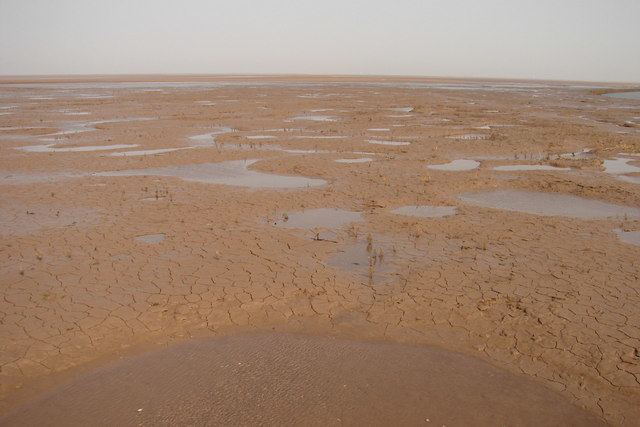 | ||
A rock comet is a rare type of small Solar System body that exhibits features of both a comet and an asteroid, mainly in that it outgasses material primarily made up of grains of rock.
Rock comets, unlike other comets, which outgas primarily ice, have a nucleus made of rock. As a result, they can 'outgas' fairly unpredictably, not just when within the solar frost line.
The reason this happens is thought to be similar to how mud cracks at the bottom of a dry lake bed, leaving small chunks loose on the surface of the body, which later get pushed off of it due to radiation pressure sweeping.
Sometimes, an object can be mistakenly identified as a rock comet, such as P/2010 A2, an asteroid in the asteroid belt that collided with another object, causing it to have a field of debris trailing it for a short time.
Rock comets are rare because a rocky small Solar System body must come very close to the Sun, close enough for both the solid ground to crack, and for radiation pressure sufficient to push the separate pieces off the asteroid. However, if the asteroid is close enough to the Sun for the former, the latter will also happen.
Examples
Until 2016, the only known example of a rock comet iwas 3200 Phaethon, which has a perihelion (closest point to the Sun) closer than any other named asteroid (0.14 AU). It has been known to brighten on occasions, implying outgassing, and has been observed ejecting dust by the STEREO spacecraft. In 2016, observations of 322P/SOHO by the Spitzer Space Telescope showed it to most likely be a rock comet as well, which would make it the lowest-perihelion "asteroid", with a perihelion of 0.054 AU, even though it was initially identified as a comet.
Several unnamed asteroids travel closer to the Sun than 3200 Phaethon, but none have been observed to outgas, which does not imply they do not, because none of these have been observed in detail, and it is possible that detailed observations could show some outgassing.
